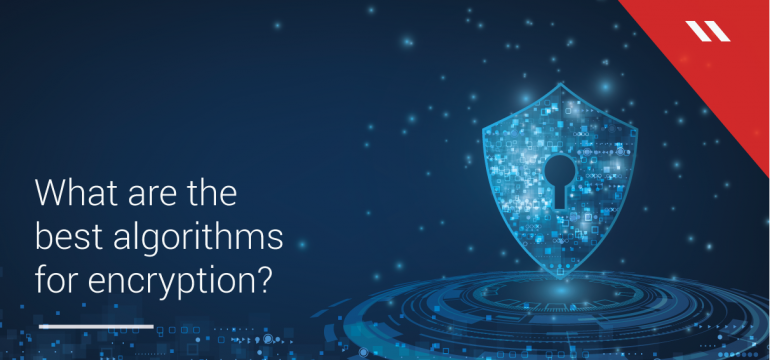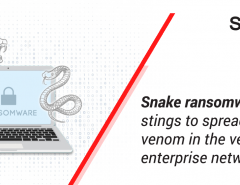With the advent of data protection regulations like the GDPR in the European Union, the Data Protection Bill in India and the POPI Act in South Africa, enterprises are turning to robust algorithms that build encryption solutions to keep valuable data safe.
Encryption is a process through which data is encoded in a unique way via which only authorized users can see this data – for unsolicited users this data will appear as gibberish. Encrypted data going outside an enterprise network can be set to be viewed by a decryption key.
Enterprises understand the importance of effective utilization of data and ensuring it remains safe and secure.
There are various different algorithms which are used to encrypt data.
AES (Rijndael)
Advanced Encryption Standard (Rijndael) is a type of encryption standard which is used by the government of the United States since 2001. The key sizes can come in 128, 192 or 256 bits. It replaced the earlier Data Encryption Standard (DES) which came into existence from 1977. The keys of 192 and 256 bits are used for encrypting extremely important information and is largely considered impervious to attacks from criminals.
RC6
RC6 is another type of symmetric cypher which was developed to meet Advanced Encryption Standard (AES) requirements. It was first published in 1998 with a block size of 128 bits and supports key sizes of 128, 192 and 256 bits. It is a proprietary algorithm patented by RSA Security.
Serpent
Serpent was also a finalist in the competition to replace the earlier Data Encryption Standard (DES) in 1998. It also has a block size of 128 bits and supports a key size of 128, 192 or 256 bits. It ranked second to Rijndael in the contest. It is a strong cypher but is considered slower than the AES. Since Serpent is in the public domain, it is free to be used by anyone.
Twofish
Twofish is considered among the fastest encryption standards and is hence favoured for usage among hardware and software enterprises. It is freely available and hence makes it popular. The keys used in this algorithm may be up to 256 bits in length and only one key is needed.
Blowfish
Blowfish is a flexible encryption algorithm which is widely used among different e-commerce platforms for various purposes, including password management tools. It is known for being fast and effective with criminals almost finding it impossible to decrypt the information. Since it is available in the public domain, it can be easily used.
Seqrite Encryption Manager (SEM) offers a robust encryption solution for business data by providing enterprise security data residing on endpoints through the usage of strong encryption solutions like the ones mentioned above. Full disk encryption supports Microsoft Windows Desktops and Laptops and prevents data loss occurring from loss/theft of endpoint. Seqrite Encryption Manager encrypts the entire contents on removable devices such as Pen Drives, USB Drives and makes it accessible to only the authorized users.
The key major features of SEM include:
- Full Disk Encryption – enabling encryption of entire hard disk inclusive of user files, system media files, operating system files, etc.
- Secure Data Access – enabling access to encrypted files on the move through removable storage on a system with an encryption agent
- Fail-Safe Mode – allowing blocking of a machine in the case of unauthorized access with the network admin also receiving a notification
- Optional Suspension – Allowing an administrator to temporarily suspend client boot protection while keeping data encrypted
These are just a few of the powerful features which enable Seqrite Encryption Manager (SEM) to ensure data is protected from unauthorized access enabling privacy and efficiency.




